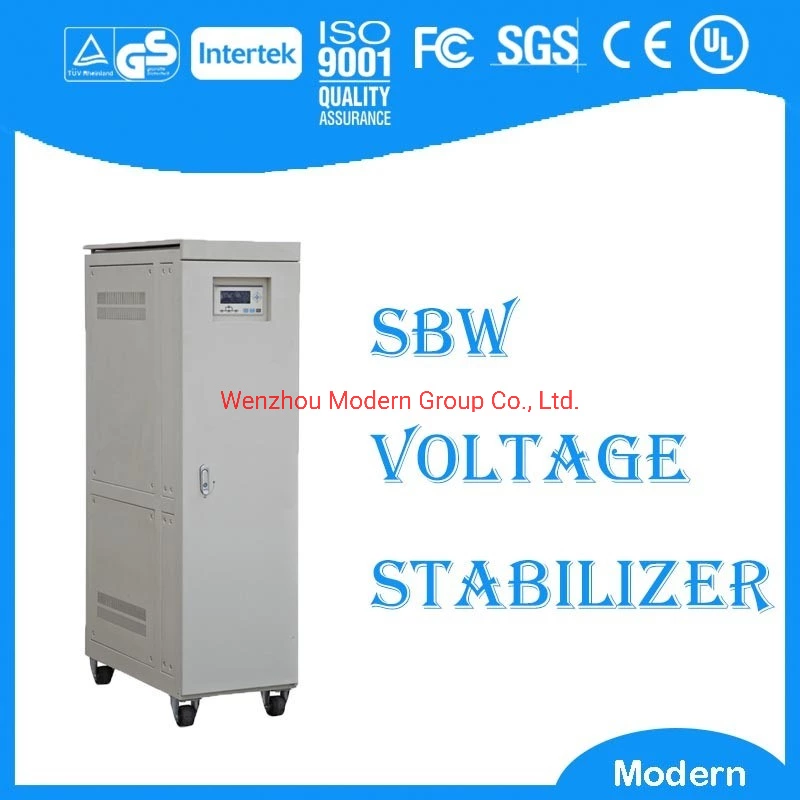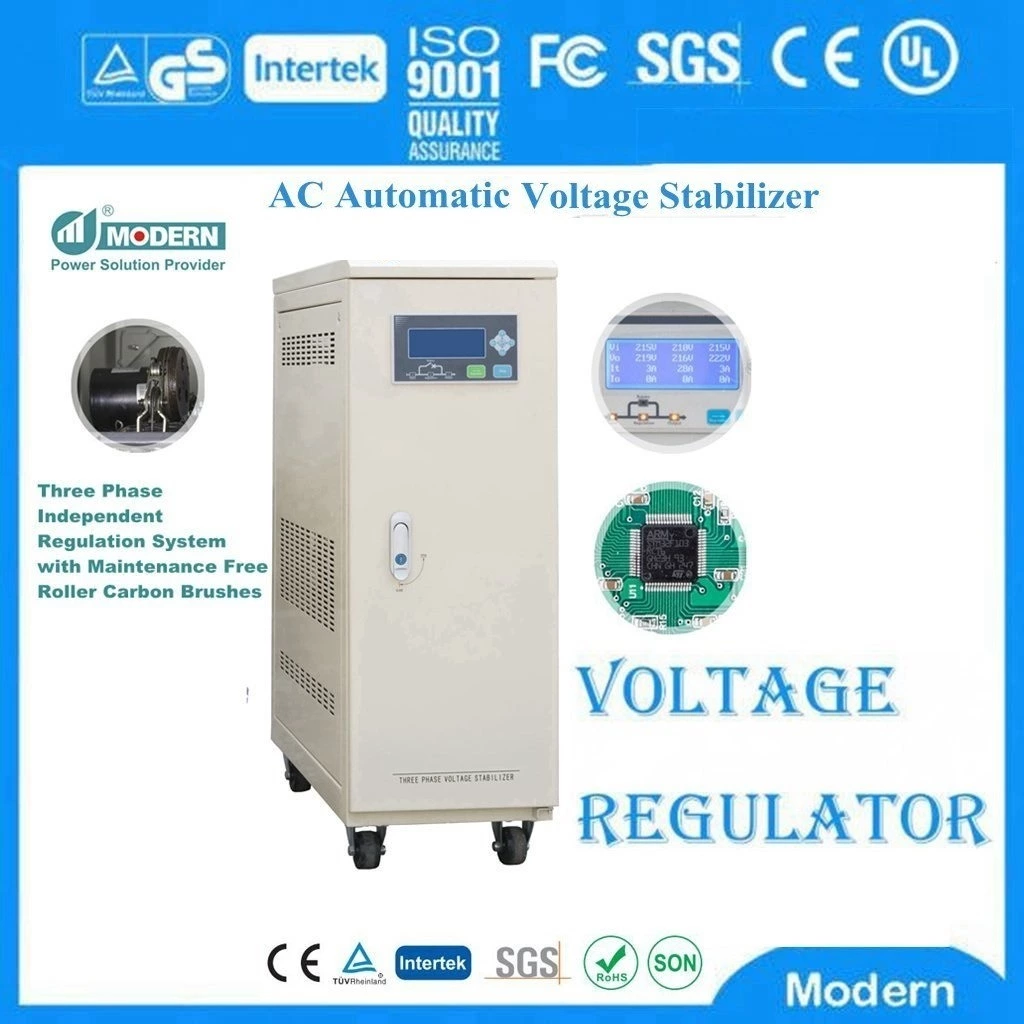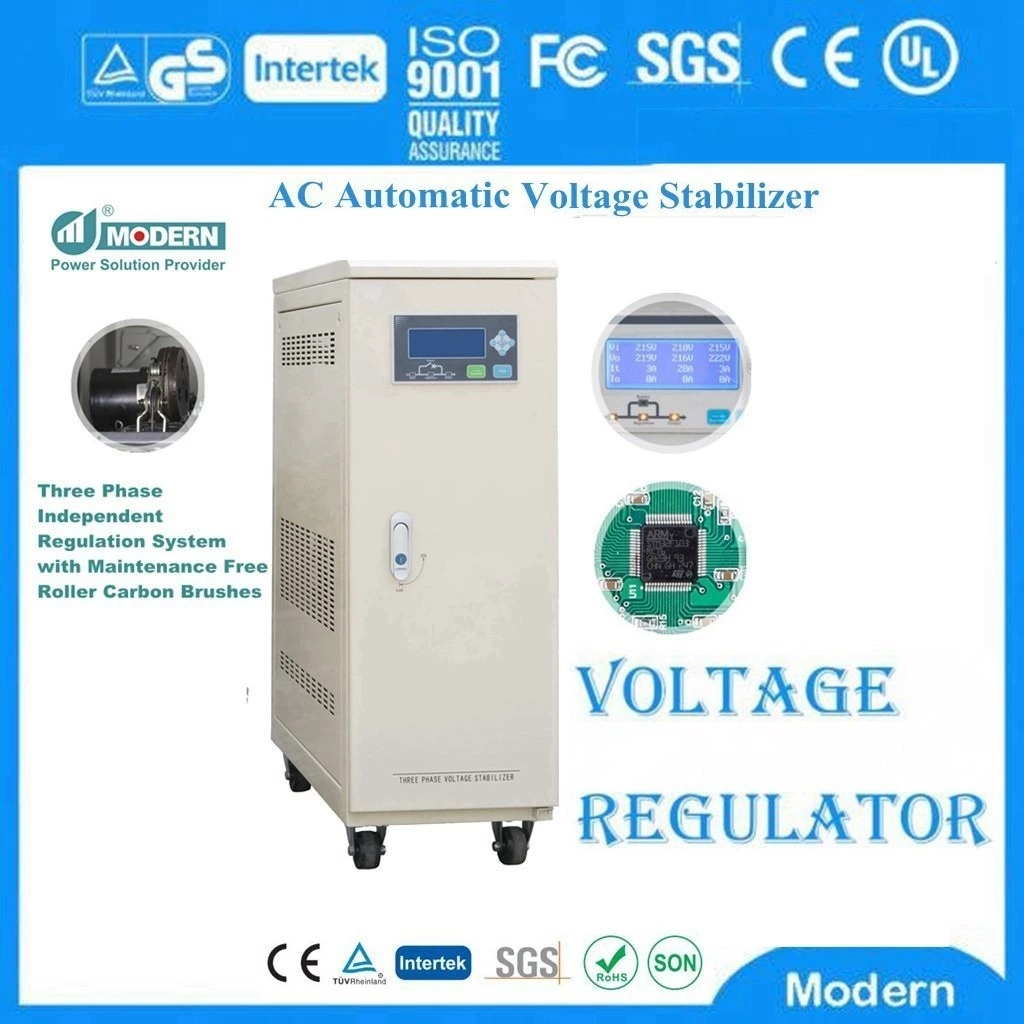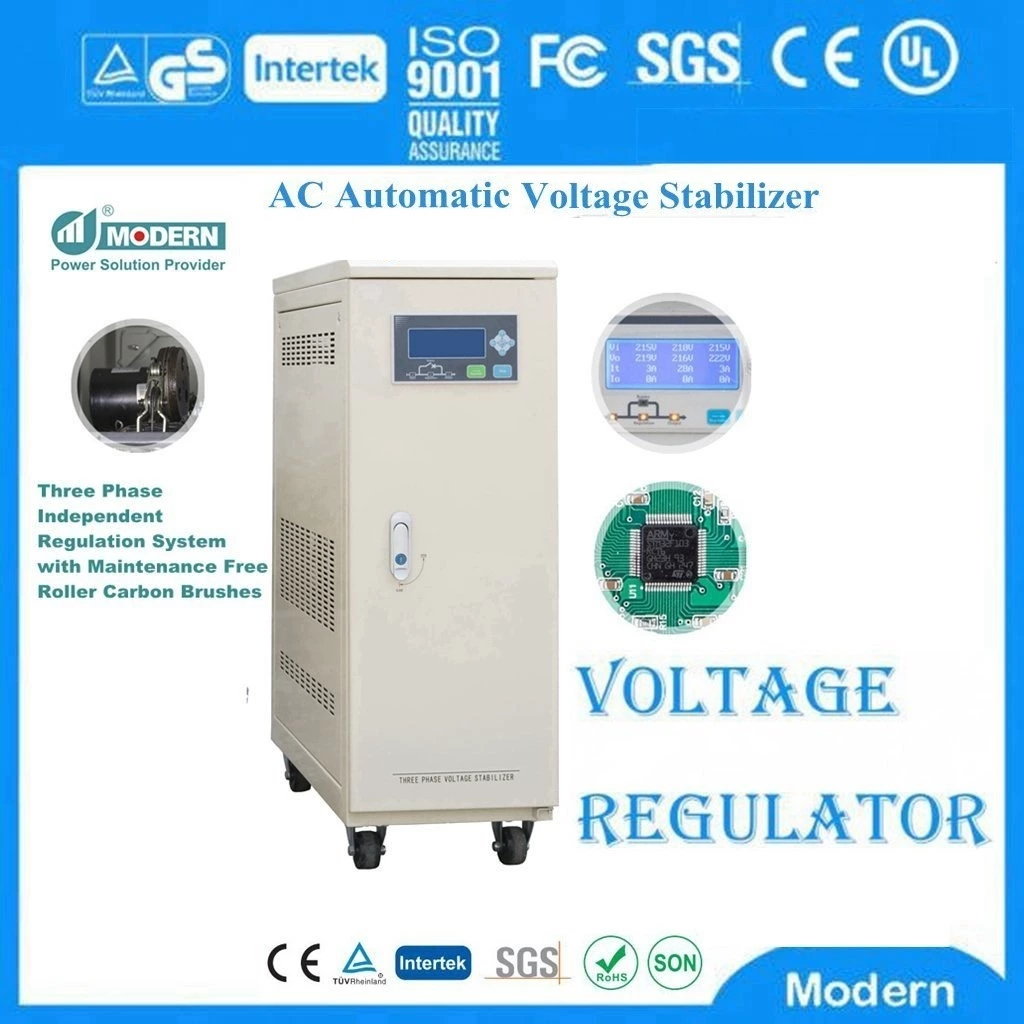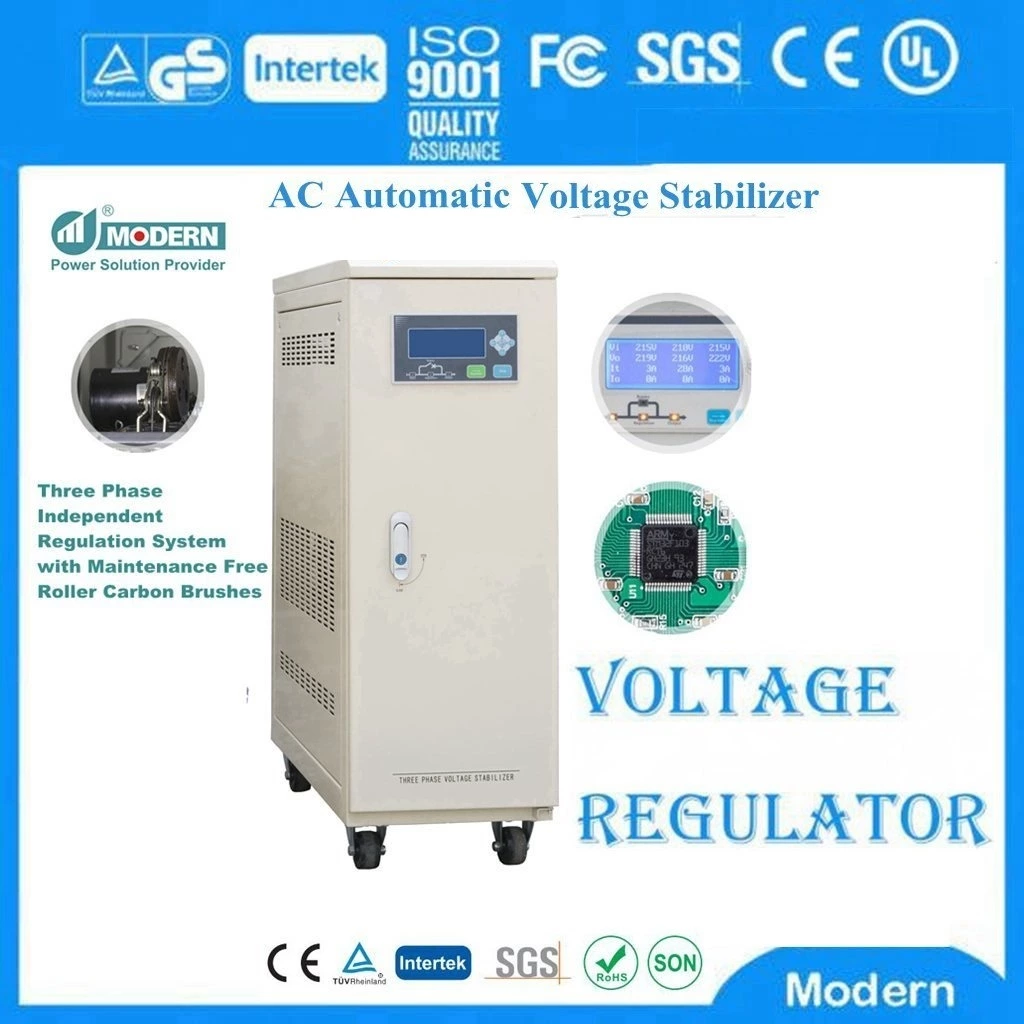Dry-type Transformer Model List And Parameter Table
Dry Type Transformer has multiple models, each with its own specific parameters. The following is an overview of some common dry-type transformer models and their parameters:
1. Model classification
By insulation medium, it is divided into: SCB series: epoxy resin cast dry-type transformer, the insulation material is epoxy resin.
SGB series: H-class insulation non-encapsulated dry-type transformer, the insulation material is Normac paper DuPont paint.
By core material, it is divided into: Silicon steel sheet core dry-type transformer: SCB, SGB series.
Amorphous alloy core series dry-type transformer: SCBH, SGB series.
By energy-saving sequence, it is divided into: SCB9, SCB10, SCB11, etc.
SGB9, SGB10, SGB11, etc.
2. Common models and parameters
SCB10 series: For example, SCB10-1600KVA/10KV/0.4KV, where 1600KVA represents the rated capacity of the transformer, 10KV is the primary rated voltage, and 0.4KV is the secondary rated voltage.
The parameters of other series (such as SCB11, SCB12, SCB13, etc.) may be different, but usually include key parameters such as rated capacity, rated voltage, transformation ratio, short-circuit impedance, and efficiency.
3. Explanation of key parameters
Rated capacity: The maximum capacity that the transformer can withstand, in kilowatts (kVA).
Rated voltage: The rated voltage of the transformer is divided into high-voltage side and low-voltage side, in kilovolts (kV).
Transformation ratio: The ratio of the high-voltage side voltage to the low-voltage side voltage.
Short-circuit impedance: Under short-circuit conditions, when the high-voltage side voltage is reduced to a certain percentage of the rated voltage, the impedance value generated by the low-voltage side current. The larger the short-circuit impedance, the stronger the current bearing capacity of the transformer.
Efficiency: The ratio of output power to input power, usually expressed as a percentage.
IV. Precautions
Different types of dry-type transformers may have different parameters and characteristics, so the selection should be considered according to the specific application requirements and scenarios.
When using a dry-type transformer, ensure that its operating voltage, current and other parameters do not exceed their rated values to ensure its normal operation and safety.
Due to the large number of models and parameters of dry-type transformers, only some common models and parameter overviews are provided above. For more detailed information, it is recommended to consult the relevant product manual or consult a professional electrical engineer.
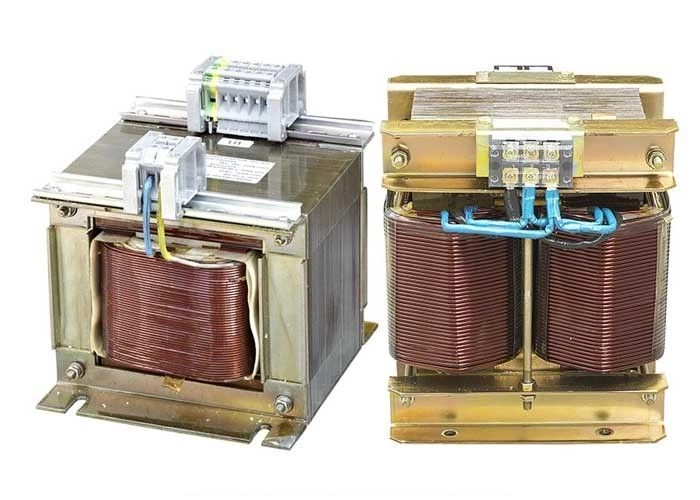
 Русский
Русский
 Français
Français
 Português
Português
 Español
Español
 اللغة العربية
اللغة العربية
